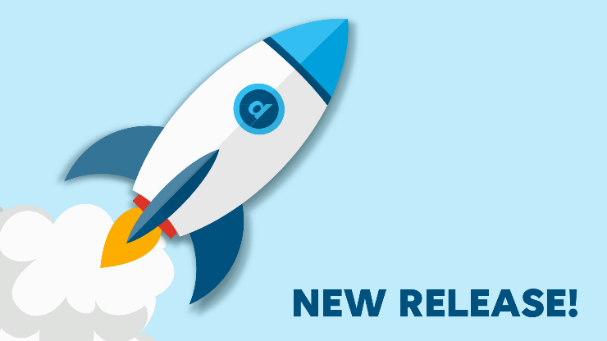First of all, my best wishes, and here’s to a splendid 2021! Today, I am glad to present to you a new DataMiner feature release. The list of enhancements is again extensive, but allow me to highlight a few of them.

For the Dashboard Sharing Preview, we have finished up all integrations with the underlying Microsoft Azure foundation on which it is designed, to ensure maximum security, scalability, and flexibility in terms of global coverage. In the next release, after some further cosmetic finishes touches and some additional tire kicking, it will be taken out of preview and into full production.
More cloud things? Yes, of course. To further support and facilitate the growing number of customers who deploy their DataMiner Systems, or parts thereof, in the cloud, we now fully developed, tested, and released the ability to connect DataMiner with AWS its ElasticSearch Service. This means that you have the option to leverage that AWS cloud service as an alternative of setting up and hosting your own ElasticSearch cluster for your operational data collected by DataMiner.
A lot of things have been added to DataMiner Dashboards, but two of them definitely deserve a bit more attention. Firstly, it is now possible to create public, private, and protected dashboards. Where previously, all dashboards were available to everyone, you can now tune the access. Public dashboards can be accessed and edited by anyone, protected dashboards can also be accessed by anyone, but they can only be edited by the original author. Or, you can keep your dashboards private, meaning that nobody can access or edit them. Secondly, we introduced an important new capability related to the powerful GQI we released previously. You can now define a trigger to reload the data for a GQI query, resulting in more flexibility and more control for the dashboard users. The new DataMiner Dashboards are definitely worth digging into because they can bring you tremendous value to get intuitive insights into your operation. The Learning section in our Dojo Community offers comprehensive free training to get you started.
Not sure if you already installed the new DataMiner Cube Start Window (formerly referred to as the Cube Launcher)? You can find it on our DataMiner Cloud Platform by clicking the ‘Install DataMiner Cube’ button. Don’t worry, you can also do this if you are using an older version of DataMiner, and it will not replace or change the version of your actual DataMiner Cube client app. It’s a DataMiner Cube Start Window to navigate easily and conveniently to the different DataMiner Systems you have. In this version of that DataMiner Cube Start Window, plenty of options have been added. Download it from the DataMiner Cloud platform and try it out now. You’ll love it!
To conclude this post, we have renamed “central database” to “offload database”, as this reflects more accurately what it is today as compared to what it was in the past. It allows you to get DataMiner data in a third-party system.
Not what you are looking for? On our DataMiner Cloud Platform, we now have also a section where you can post your suggestions for new features you would like to see in future versions. Or, where you can provide your perspective on suggestions from other users.
Looking forward to presenting you with plenty of new versions in the coming year. Cheers!